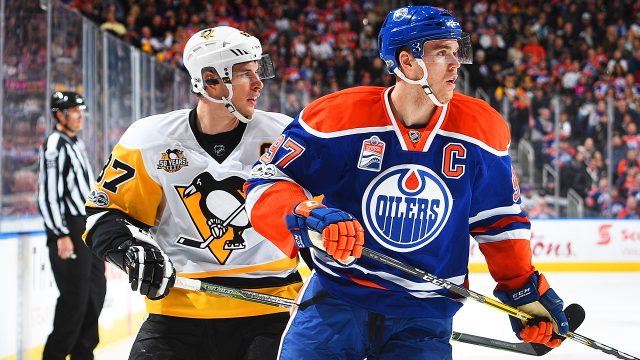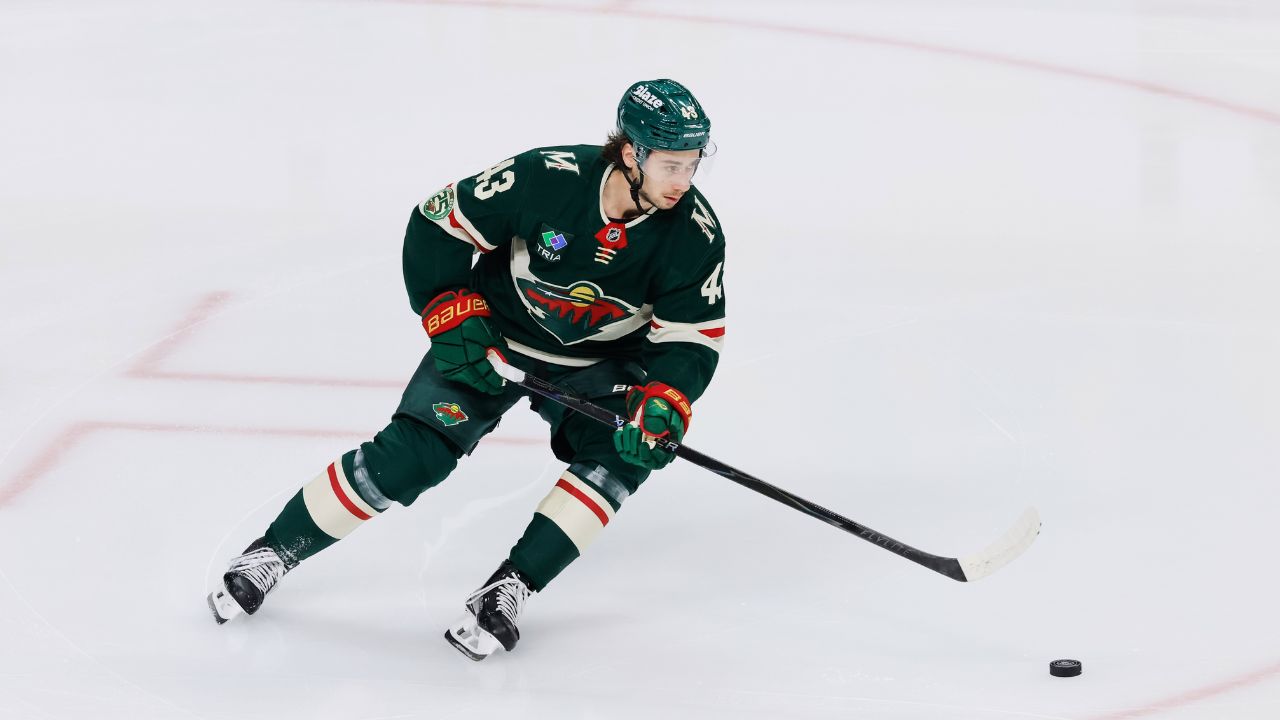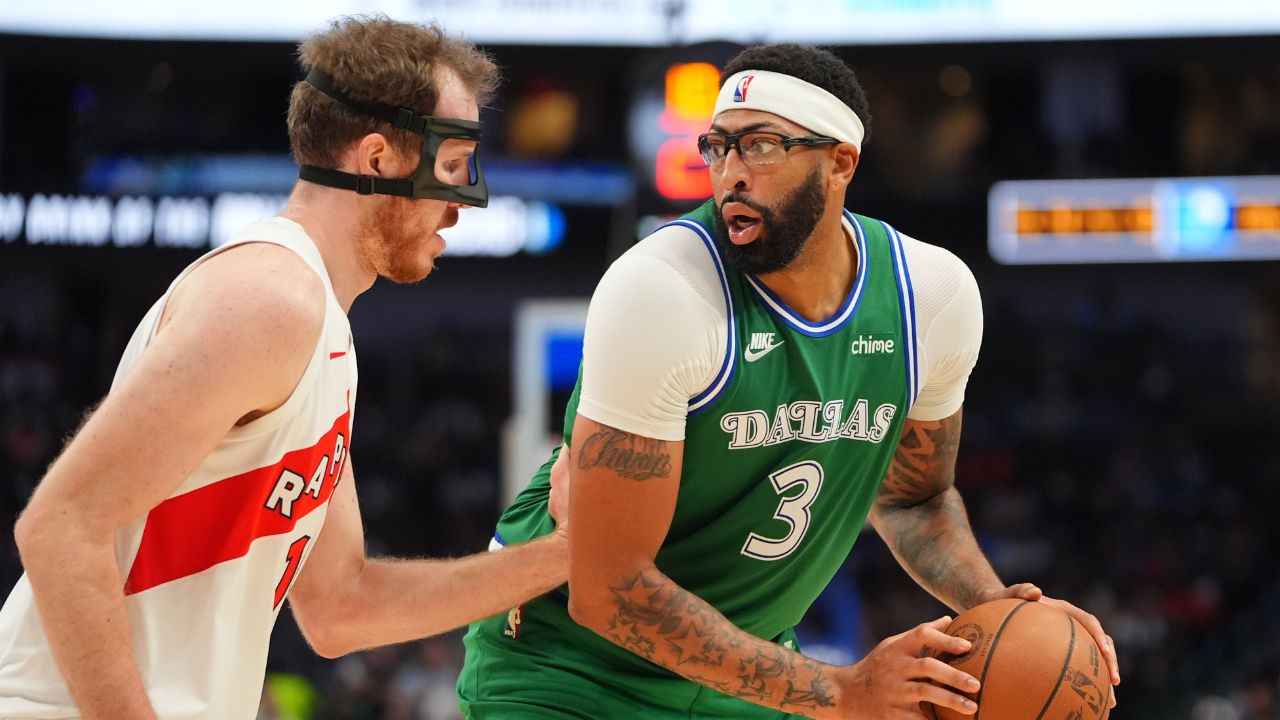
Gather enough quantity and you’ll uncover sweet quality.
That is the approach Kyle Dubas has aggressively and skillfully taken this off-season, stockpiling (mostly) inexpensive, short-term depth players at every position from a pandemic-punished free agent market.
The Toronto Maple Leafs GM is preparing for an inevitably compacted schedule, safeguarding against an injury bug that feasted upon and exposed his 2019-20 roster, and trying to foster a culture of internal competition to rid the group of those laissez-faire efforts that had the Leafs scuffling into and out of a qualification round.
So, even with some notable talent leaving town, Toronto’s refreshed roster looks more balanced and certainly deeper than the Jekyll-and-Hyde outfit that ultimately bowed out before reaching official playoff status in 2020.
The games aren’t played on paper, of course, and how all the pieces fit will be an ongoing discussion. But on paper, here’s how your 2020-21 Maple Leafs stack up.
FORWARDS
Zach Hyman – Auston Matthews – Mitchell Marner
Ilya Mikheyev – John Tavares – William Nylander
Alexander Kerfoot – Joe Thornton – Jimmy Vesey
Alexander Barabanov – Jason Spezza – Wayne Simmonds
In the mix: Pierre Engvall, Nicholas Robertson, Joey Anderson, Travis Boyd, Denis Malgin, Nic Petan, Egor Korshkov, Filip Hallander, Adam Brooks, Kenny Agostino
Out goes gritty Kyle Clifford plus Kasperi Kapanen and Andreas Johnsson, a pair of 20-goal contributors in their prime. In come about seven dudes who want their ice time.
Dubas took a cleaver to his middle-class wingers and went bananas rifling through the UFA bargain bin.
Russian import Barabanov is already in Toronto training for (fingers crossed) his NHL debut. Vesey and Simmonds, low-risk signings, arrive with something to prove and the hope to push for top-nine or even top-six usage.
Thornton is a more natural centre than Kerfoot, and only a fool would question his passion or wisdom, but as the oldest forward in the NHL, how much can he contribute on the ice?
We’d be foolish to write Opening Night lines in ink at this point, with Dubas purposely loading up for a competitive camp and constructing one heck of a taxi squad, and with coach Sheldon Keefe happy to Vitamix his units not just game-to-game but period-to-period.
Essentially, the Leafs could ice a fifth NHL-calibre line up front.
This should make the high-budget Marlies much more competitive than their underwhelming 2019-20. It could also mean that some of the best 12 forwards, based solely on merit, might need to bide time in the minors or in the press box simply because they can pass through waivers without getting scooped.
That doesn’t bode well for Robertson’s hopes of making his NHL regular-season debut out of the gate. And that’s why Anderson’s contract is a two-way for two seasons. How fringe forwards like Engvall and Boyd are used will be fascinating and could be in flux all winter.
DEFENCEMEN
Mikko Lehtonen – Zach Bogosian
In the mix: Travis Dermott, Martin Marincin, Rasmus Sandin, Timothy Liljegren, Calle Rosen
So. Many. Lefties.
This bodes well for shutdown-type righties Holl and Bogosian, who will be counted on to make safe plays and limit Grade-A chances against.
“We haven’t had the success as a group to where anything is owed to anybody based on previous performance,” Dubas said. “So, Zach can challenge anybody [in the lineup]as high up as he wants.”
Yes, the Maple Leafs’ blueline — long viewed as the club’s Achilles heel — is now deeper and should be rife with internal competition for ice time.
Brodie, a left shot who patrols his off side, was paid handsomely ($20 million) on the free agent market with the notion he’ll be a security blanket for Rielly, who’s at his best driving play up-ice.
KHL Defenceman of the Year Lehtonen will be flying west across the Atlantic with a legitimate shot at running the second power-play unit, and how he adapts to the North American game will be fascinating to watch.
Gunning to swipe shifts will be impending RFA Dermott, whose second consecutive contract campaign may be his make-it-or-break-it bid in Toronto, and 20-year-old Sandin, who won’t simply be handed an opportunity on a platter.
Credit Dubas for both changing an uncomfortable mix (walkaways Tyson Barrie and Cody Ceci should both find greater success in their new cities) and building the depth necessary to guard against inevitable injuries to the back end.
GOALTENDERS
In the mix: Aaron Dell, Michael Hutchinson, Joseph Woll, Ian Scott
A compelling contract season awaits Andersen, who will be a dominant Leafs storyline in 2021. The club’s undisputed No. 1 five years running has been dangled on the trade market and reeled back in. He’s coming off an atypically down year and another elimination round in which he was the second-best goaltender in the series.
An uptick in back-to-backs will give the 28-year-old Campbell, signed through 2022, a legitimate chance to inherit Andersen’s crease. And yet Campbell’s status as the organization’s No. 2 shouldn’t be seen as ironclad.
Dubas’s shrewd acquisition of No. 3 Aaron Dell (107 NHL games played) for $800,000 and No. 4 Michael Hutchinson ($725,000) provides his roster with its greatest depth in net in years. Some fine, affordable injury insurance.
It also begs a question: Do the Leafs suddenly have too many netminders? Will prospects Woll and Scott get enough starts with the Marlies to further their development?





